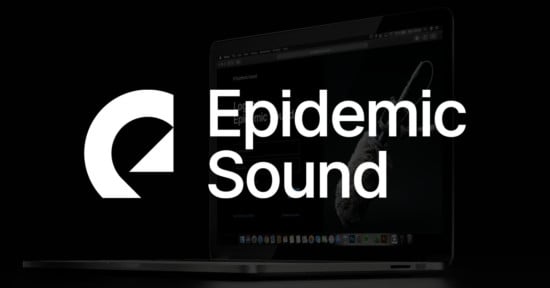Lawsuit Alleges Mark Zuckerberg Gave Permission for Meta to Train AI on Stolen Content

An amended lawsuit against Meta alleges that the company’s CEO, Mark Zuckerberg, approved training Meta’s Llama AI models using copyrighted content.
The initial lawsuit was filed in 2023, alleging that Meta had trained its AI using copyrighted content. However, courts have favored Meta’s position so far, with a U.S. district judge, Vince Chhabria, siding with Meta last year but allowing plaintiffs to amend their claims.
In amended legal documents filed with the United States District Court for the Northern District of California this week, the plaintiffs present new evidence that “corroborate and bolster” their original copyright infringement claim.
The amended lawsuit says that Zuckerberg was aware of the decision to torrent from LibGen and that he had “approved” the use of LibGen.
Allegations that Meta, like other technology companies developing AI products and services, ignored copyright laws are nothing new. However, what is different with the latest update to the lawsuit is that the plaintiffs allege that Meta, from the top down, acted to conceal its malfeasance. It is one thing to illegally use copyrighted content, and another issue altogether to try to conceal the behavior.
Plaintiffs claim that Meta downloaded content from LibGen, a “shadow library” that provides file-sharing access to copyrighted content, knowing that the troubled platform was distributing content illegally. Further, Meta acted as a “leech,” siphoning as much content as possible from LibGen without sharing resources back, a behavior the lawsuit claims corroborates claims that Meta was trying to conceal its behavior.
“Meta’s decision to ‘leech’ the torrent reflects its knowledge that it was acting illegally and its desire to conceal its conduct, because the more illicit data it uploaded to the rest of the hacker community, the more likely its conduct would be discovered by others,” the lawsuit explains.
“Indeed, that uploading occurred notwithstanding serious legality doubts from the very person who did the downloading,” the filing continues. Meta’s head of generative AI, Ahmad Ah-Dahle, allegedly approved the use of LibGen “and other illicit sources.”
Further, Meta allegedly stripped copyright management information (CMI) from the data, a violation of the Digital Millenium Copyright Act (DMCA) and an attempt to “facilitate and conceal widespread copyright infringement.”
As for LibGen, otherwise known as Library Genesis, it illegally hosts millions of copyrighted files including non-fiction and fiction books, magazine articles, scientific journals, and more. A U.S. judge ordered LibGen to pay $30 million in penalties last year. However, the penalties are unlikely to be paid since it is unclear who operates LibGen. What is clear is that LibGen is well known as an illegal supplier of stolen materials, a fact that Meta would be entirely aware of.
Image credits: Header photo licensed via Depositphotos.


